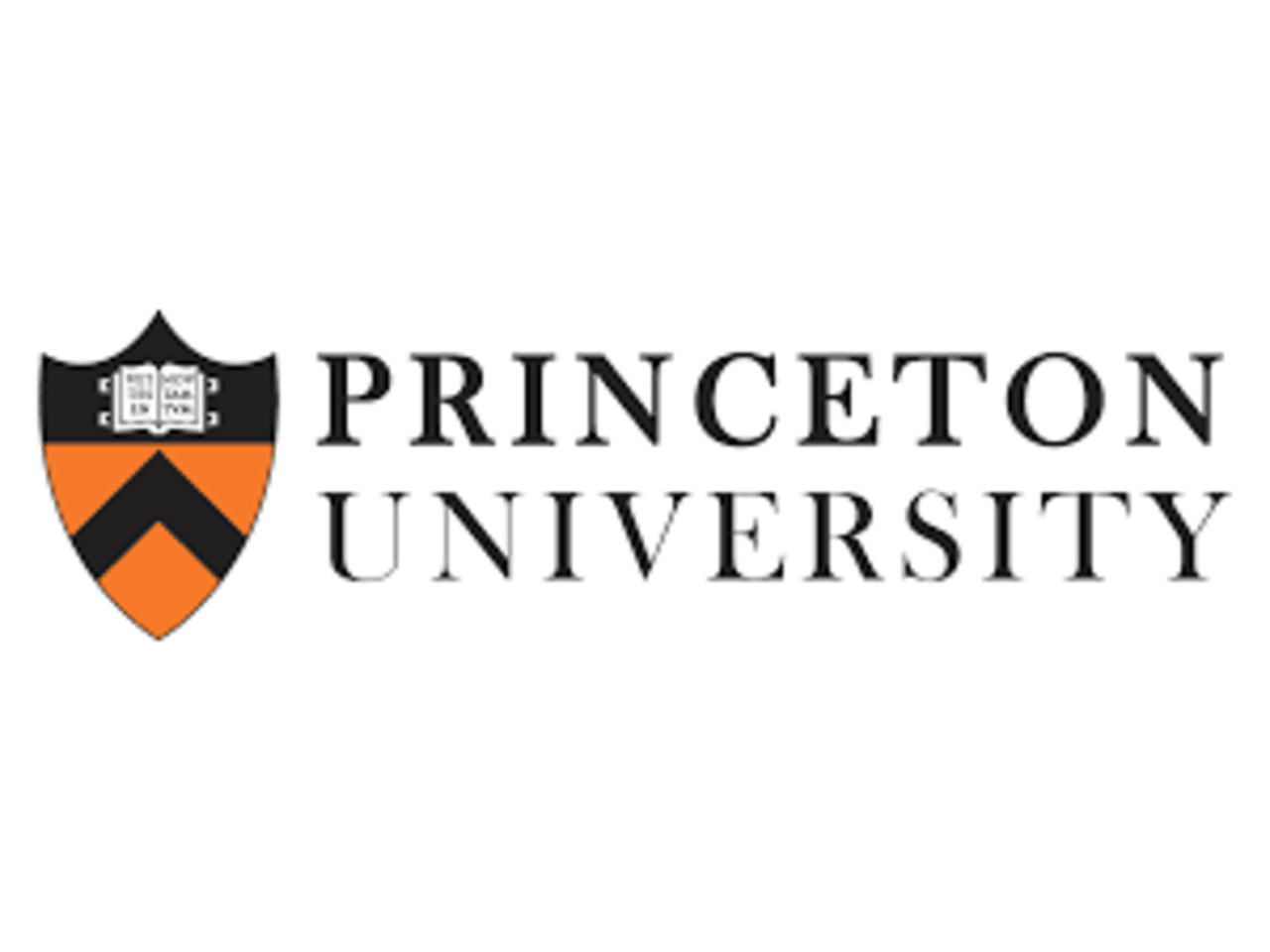Everything You Need to Know About Princeton’s Program in Algorithmic and Combinatorial Thinking (PACT)
Opting to do a STEM summer program is immensely valuable for any student looking to get into the top universities. Not only does it showcase your passion and interest in your subjects, it is also an excellent opportunity to network! One such program is the Program in Algorithmic and Combinatorial Thinking (PACT) by Princeton, a summer program that delves into theoretical computer science!
In this blog, we will look at the structure, curriculum, costs, eligibility and application process for PACT.
What does PACT's curriculum look like?
PACT’s curriculum caters to 2 distinct groups of students. Group I is composed of high school students who tend to have limited exposure to theoretical computer science. As a result, this curriculum begins by covering the fundamentals of mathematics, systematic counting, and methods of proof.
As the program progresses, you will get the opportunity to explore more advanced topics such as probability, combinatorics, advanced permutations, and combinations. The program also focuses on the theoretical and fundamental aspects of probability, such as conditional probability, independent events, and random variables.
If time permits, you may also get the chance to delve into algorithms like asymptotic analysis and Euclidean GCD. Apart from course instruction, you will also have guest lecturers who will showcase the diverse fields within computer science, such as geometry, cryptography, the probabilistic method, and planar graph coloring!
On the other hand, Group II comprises students with prior PACT experience or equivalent knowledge. Their responsibilities include mentoring Group I, grading homework, and creating challenging exam problems. The curriculum for Group II alternates between approximation algorithms and randomized algorithms, with guest lecturers contributing specialized topics to further enrich their understanding.
How is the PACT program structured?
The cohort of PACT is from June 24 to July 26.
You can attend PACT in 2 modes - virtual or in-person. The latter is held at the University of Pennsylvania (UPenn) campus, while the virtual program is run on Zoom, Gradescope, and Discord!
Do note that the daily sessions begin at 9:30 AM EDT, which accommodates various time zones for virtual attendees.
What are the associated fees?
The virtual participation costs $1,925 for domestic students and $2,025 for international students. In-person attendance has a higher fee of $3,950, with additional costs for housing and related expenses.
Do note that PACT offers financial assistance, and applications are encouraged to apply regardless of economic considerations.
How do I apply for the program?
Prospective participants can access the application form on the official PACT website. The application deadline is structured as rolling admissions, with full consideration guaranteed for those received before March 10.
You will require a statement of interest (in PDF format), and 2 letters of recommendation - one from a Math teacher and another from a Math/Science teacher, or guidance counselor).
What are the Pros and Cons to consider for this program?
Pros
1. Engage in diverse learning paths
PACT's dual-group structure caters to many participants, from high school students with limited exposure to theoretical computer science to experienced undergraduates and graduate students. This diversity in backgrounds fosters a collaborative learning environment where participants can share their insights and experiences. The program's curriculum, covering topics from discrete mathematics to advanced algorithms, ensures that participants receive a well-rounded education in theoretical computer science.
2. The program is accessible
The inclusion of both virtual and in-person components enhances the accessibility of PACT. The virtual sessions allow students worldwide to participate without geographical constraints. Simultaneously, the in-person option offers a more immersive and traditional learning experience. This flexibility accommodates a broader range of student preferences and circumstances, contributing to the program's inclusivity.
3. There is financial support
PACT's commitment to financial support underscores its dedication to creating an inclusive educational environment. The transparent fee structure and the assurance that qualified students will not be turned away due to financial constraints reflect a proactive approach to accessibility. This ensures that deserving students, regardless of their financial background, can benefit from the program, contributing to a more diverse and enriching learning community.
Cons
1. There is an intensive time commitment
Given the ambitious curriculum and the depth of the topics covered, participants in PACT may find the program demanding in terms of time commitment. The extensive content and mentorship responsibilities for Group II participants could lead to a rigorous schedule. This intensity might challenge individuals balancing other academic or personal commitments, potentially limiting the program's accessibility for those with tight schedules.
2. Limited exploration of additional STEM Fields
While PACT provides a comprehensive exploration of theoretical computer science, the program's focus on algorithmic and combinatorial thinking may limit exposure to a broader array of STEM fields. Although guest lectures touch upon various computer science disciplines, participants seeking a more interdisciplinary experience may find the program's emphasis on theoretical computer science restrictive. This limitation could impact the program's suitability for those with broader STEM interests.
Should you do it? - Here's our review of the PACT program
Having delved into the intricacies of the Program in Algorithmic and Combinatorial Thinking, PACT is a well-structured and inclusive platform for students passionate about theoretical computer science. The dual-group setup, with distinct curricula tailored to novice and experienced participants, provides a balanced and engaging learning environment. The virtual and in-person components further showcase PACT's adaptability and commitment to accommodating diverse learning preferences. The financial support initiatives and rolling admissions highlight the program's dedication to accessibility, ensuring that deserving students are not hindered by monetary constraints. Aspiring participants are encouraged to consider PACT as a valuable stepping stone in their STEM education journey, where they can enhance their academic profiles and cultivate a deep understanding and appreciation for algorithmic and combinatorial thinking.
However, prospective participants should be mindful of certain considerations like the intensive time commitment required and that the program's exclusive focus on theoretical computer science may limit exploration into broader STEM fields. Additionally, virtual participants might find it challenging to fully replicate the in-person experience, potentially impacting the depth of their engagement with the program. Despite these considerations, the strengths of PACT in providing a rich learning environment and fostering inclusivity make it a compelling choice for those seeking a profound dive into theoretical computer science.
If you’re looking to build unique projects in the field of AI/ML, consider applying to Veritas AI!
Veritas AI was founded by Harvard graduate students, and through the programs, you get a chance to learn the fundamentals of AI and computer science while collaborating on real-world projects. You can also work 1-1 with mentors from universities like Harvard, Stanford, MIT, and more to create unique, personalized projects. In the past year, we had over 1000 students learn data science and AI with us. You can apply here!
Image Source - Princeton University Logo

